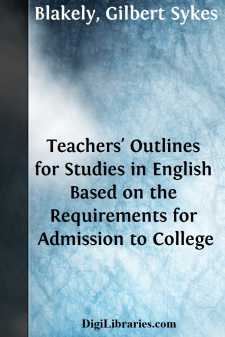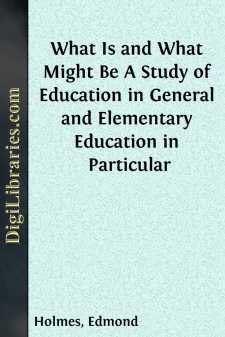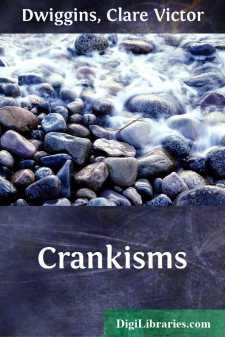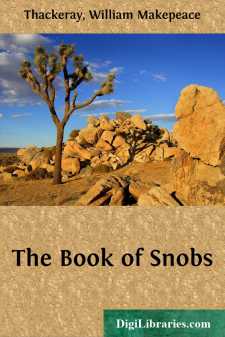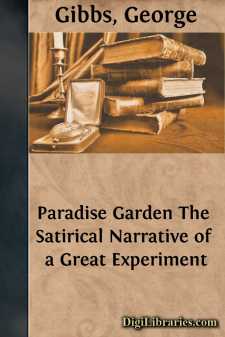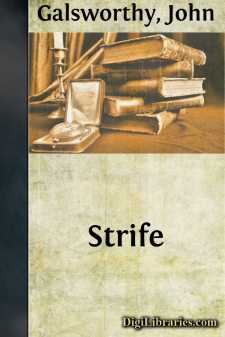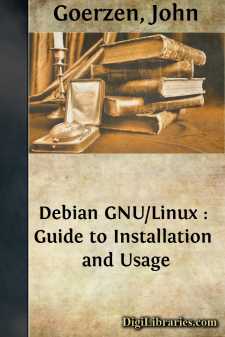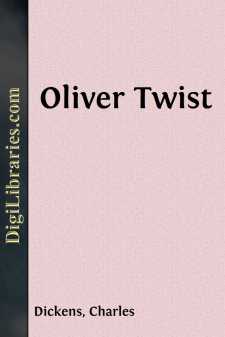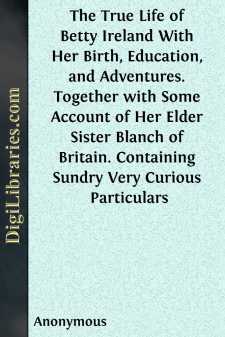Categories
- Antiques & Collectibles 13
- Architecture 36
- Art 48
- Bibles 22
- Biography & Autobiography 813
- Body, Mind & Spirit 142
- Business & Economics 28
- Children's Books 17
- Children's Fiction 14
- Computers 4
- Cooking 94
- Crafts & Hobbies 4
- Drama 346
- Education 46
- Family & Relationships 57
- Fiction 11829
- Games 19
- Gardening 17
- Health & Fitness 34
- History 1377
- House & Home 1
- Humor 147
- Juvenile Fiction 1873
- Juvenile Nonfiction 202
- Language Arts & Disciplines 88
- Law 16
- Literary Collections 686
- Literary Criticism 179
- Mathematics 13
- Medical 41
- Music 40
- Nature 179
- Non-Classifiable 1768
- Performing Arts 7
- Periodicals 1453
- Philosophy 64
- Photography 2
- Poetry 896
- Political Science 203
- Psychology 42
- Reference 154
- Religion 513
- Science 126
- Self-Help 84
- Social Science 81
- Sports & Recreation 34
- Study Aids 3
- Technology & Engineering 59
- Transportation 23
- Travel 463
- True Crime 29
Teachers' Outlines for Studies in English Based on the Requirements for Admission to College
Categories:
Description:
Excerpt
I. THE TEACHING OF THE NOVEL
All will agree that the novel is one of the most important forms of literature for high school study. The fact that almost every boy and girl who is at all interested in reading likes the novel, gives the teacher an excellent opportunity to stimulate the pupil's love for literature and to help him to discriminate between what is true and what is false; between what is cheap and what is worth while. Moreover, the study of the novel is the study of life and character. It is of great human interest, and it may be made an important factor in developing the pupil's ambition, judgment, ideals, and character. Good stories grow in meaning with the growth of mental power. The Iliad and The Odyssey are full of delightful stories for boys and girls, but these same stories, securely fixed in the youthful mind, gain a deeper meaning from experience as the child develops into the man or the woman. Furthermore, interest in a good story leads to other interests. It may encourage a love of nature, stimulating to closer observation. It may awaken a love of history, or of travel, or of some of the innumerable interests of human activity.
Unfortunately, young people's delight in the reading of the novel is a source of danger. The drama and the essay appear so full of difficulties that the student regards their study seriously, as a task, and finds it necessary to apply himself vigorously in order to master them. On the other hand, the novel is so delightful, so easy, that he looks upon it as a pastime. A superficial reading often gives him knowledge of many of the main facts, and a mistaken idea that he knows the story. It is the task of the teacher to get him to read with careful attention and with imagination keenly alive. When a fair mastery of the facts of the story has been gained, and clear mental images of the scenes portrayed and suggested have been formed, studies of plot, character, interpretation, etc., should follow. These studies, if they appeal to the class as reasonable, will stimulate thought and imagination and will help to form a basis for sound judgment and a habit of just criticism.
The practical plan here presented for the accomplishment of these ends involves three steps: first, preparation of the class for taking up the work; second, reading and study for the purpose of getting the facts; third, comprehensive study of the book as a whole, in addition to a comparison of it with other books. The purpose of the first step is to arouse an interest in approaching the story, and to prepare the pupil for an intelligent reading. In the case of some books it is of little importance, but in the case of others it is almost essential for success. Appreciation of the difficulties of the book and of the limitations of his pupils will enable the teacher to make the wisest choice of his material.
The second step is certainly the most important because it is fundamental. Students often read a book without any adequate conception of the facts of which it treats....


